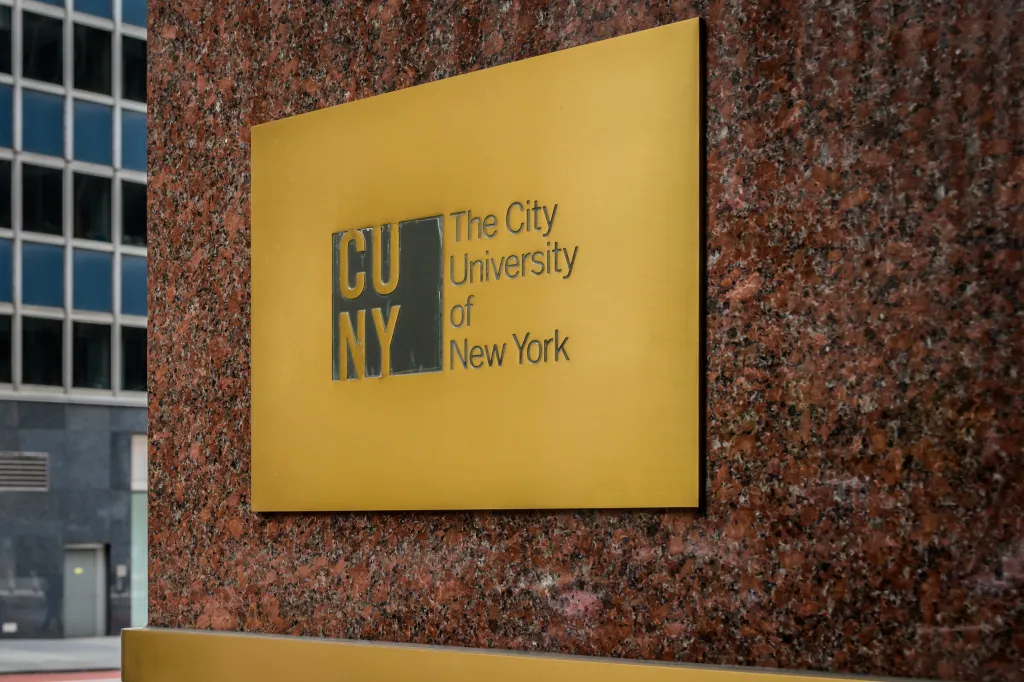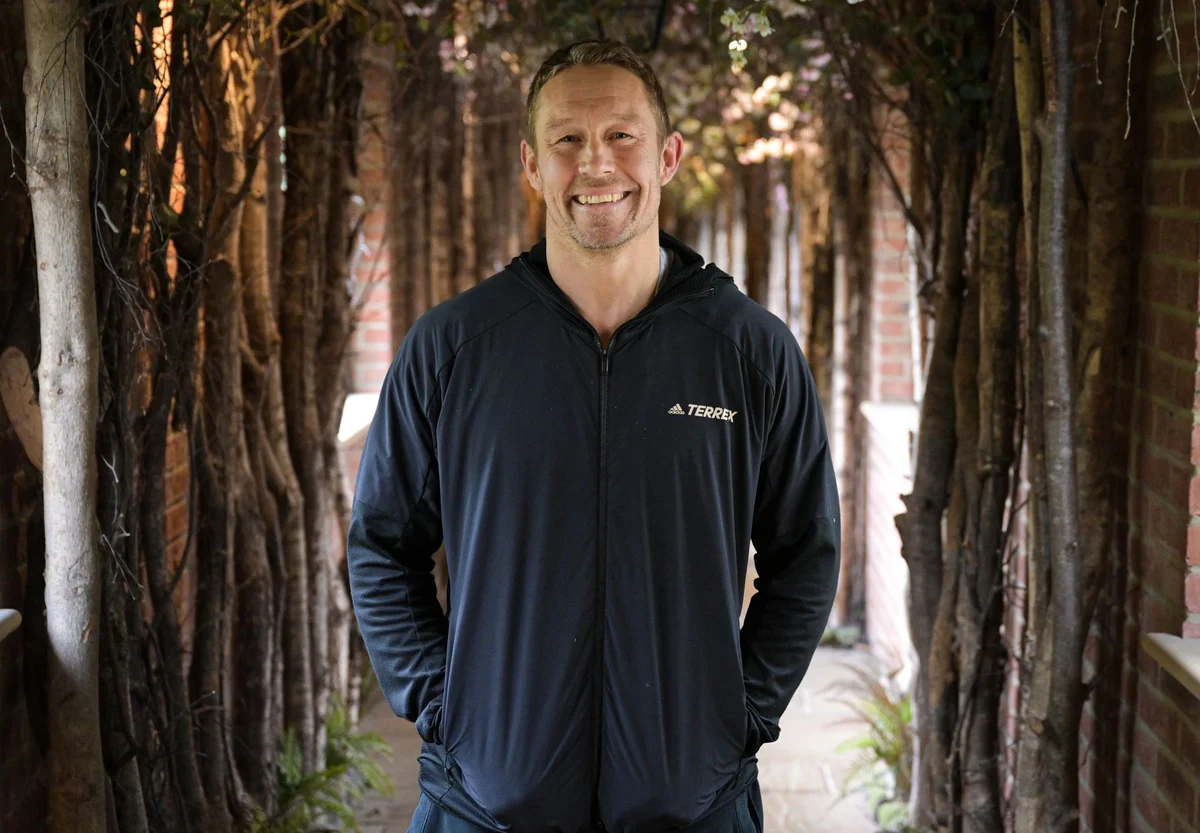Copyright New York Daily News

Enrollment at the City University of New York is up this fall, rising by 3.6% over the last year, according to data shared in Chancellor Felix Matos Rodríguez’s annual speech Wednesday. Roughly 8,000 new students registered for classes a CUNY campus this year, the CUNY president said during his 2025 State of Our University address at Hostos Community College in the Bronx. “This growth reflects our sustained efforts to reach New Yorkers,” Matos Rodríguez said. “We do this in many ways, including through our inspiring advertisement campaign that you now see throughout the city. We’re also working to reach the next generation of students before college. We achieve that largely through our deepening partnership with the New York City Public Schools.” The figures marked the third straight year of enrollment growth after the COVID-19 pandemic, which sent registration on a downward spiral with serious financial implications. CUNY’s community colleges were hit especially hard, as young people put their education on hold while they juggled work and family obligations with the unexpected health crisis. In the years since, CUNY has benefited from a number of student recruitment programs, including a free community college initiative spearheaded by Gov. Hochul for adults interested in a career change and high-demand fields, such as artificial intelligence and nursing. Borough of Manhattan, Guttman and LaGuardia community colleges were two of the schools that led this year’s enrollment uptick, as well as the Newmark Graduate School of Journalism and City College. The university system has also partnered with the city’s public schools on early college and admissions initiatives and the City Council on a citywide push to help college drop-outs re-enroll. CUNY declined to comment on how the preliminary enrollment data compared to pre-COVID figures. During the speech, Matos Rodríguez also announced a new jobs program that integrates career advising, networking and work experience into all undergraduate programs. The vision is that all graduates leave school with a job offer or an acceptance letter tied to their next degree. The initiative will be rolled out over the next five years, starting at Hunter College, Lehman College, LaGuardia Community College and Borough of Manhattan Community College. By 2030, the chancellor said the program would serve 180,000 students each year. To make that a reality, CUNY set benchmarks to triple the number of students in paid internships and increase employer recruitment from the public university system by 20%. “Instead of waiting for students to walk into a career center or the next job fair, we are working with our faculty and faculty peer leaders in every discipline to embed career touchpoints in their classes, in advising and orientation and in their everyday college experience,” the chancellor said. “We are moving beyond the old notion of career connections as distinct from the academic journey, or something that students don’t need to think about until their junior or senior year.” However, CUNY, and higher education as a sector, still faces headwinds. CUNY’s enrollment data comes as the state’s comptroller, Thomas DiNapoli, warned in a Monday report that federal changes — including uncertainty around financial aid, international students, and research funding — could threaten recent upticks at New York colleges and universities. Over 48% of all CUNY and SUNY undergraduates receive Pell Grants to be able to afford to register for college — a federal program for which the eligibility criteria is changing and some students are expecting to be shut out, according to the analysis. Meanwhile, New York is home to the country’s second largest population of international students — more than 135,800 people, the comptroller found — whose continued interest in studying in the United States is at risk. The figure included more than 1,840 international students at CUNY’s Baruch College and 1,230 at the CUNY Graduate Center. In his remarks, Matos Rodríguez acknowledged college campuses do not exist in isolation from the world beyond its walls, as well as growing political and financial pressure. He promised rapid-response resources and legal guidance to support immigrant students.



